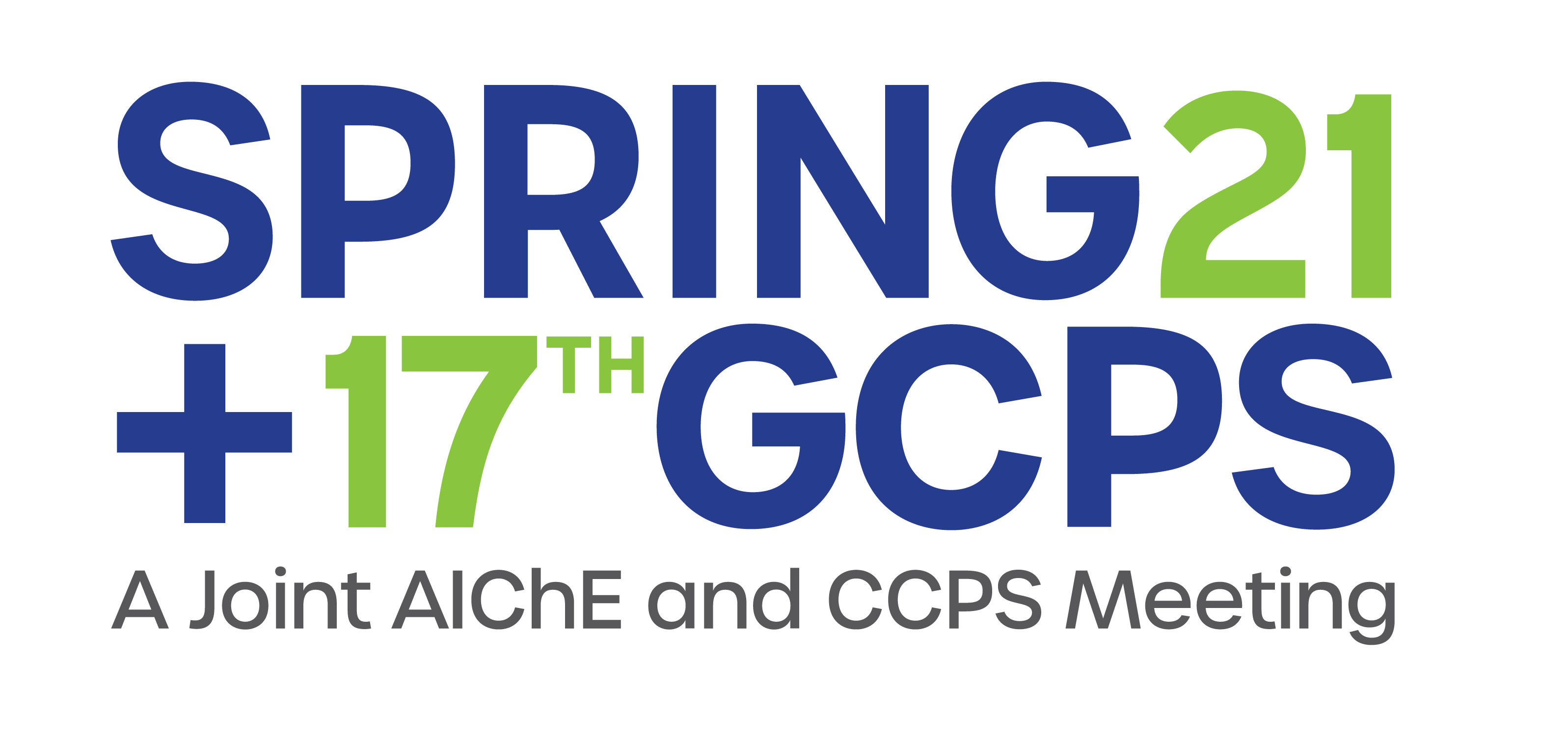

Modeling of atmospheric dispersion of flammable and toxic gases is very common in industry. There is a large spectrum of different models currently available, ranging for engineering models such as Gaussian and Integral, to advanced Computational Fluid Dynamics (CFD) models. It has been found through real world experience that the simple engineering models do not always correctly estimate the dispersion of gases. The purpose of this paper is to present an alternative/new model called Ventjet, dedicated to atmospheric dispersion of various gases including light gases (hydrogen, methane, etc), neutral gases (nitrogen, oxygen, etc.) and heavy gases (CO2, LNG etc). Ventjet takes into account various weather condition profiles namely neutral D and stable F. The Coanda effect is also integrated into Ventjet allowing one to perform dispersion modeling close to the ground. Ventjet can be used for various releases including vertical, angled and even into-the-wind. Ventjet is broadly validated versus multiple measurements from wind tunnels and field experiments as well as CFD simulations. The paper describes the model and validation, which includes previously unpublished gas dispersion test data. Learnings are generally applicable to other gas dispersion engineering models.
Presenter(s)
Once the content has been viewed and you have attested to it, you will be able to download and print a certificate for PDH credits.
If you have already viewed this content,
please click here
to login.
Language
Pricing
Individuals
| AIChE Member Credits | 0.5 |
| AIChE Pro Members | $19.00 |
| AIChE Graduate Student Members | Free |
| Safety and Health Division Members | Free |
| AIChE Undergraduate Student Members | Free |
| AIChE Explorer Members | $29.00 |
| Non-Members | $29.00 |
